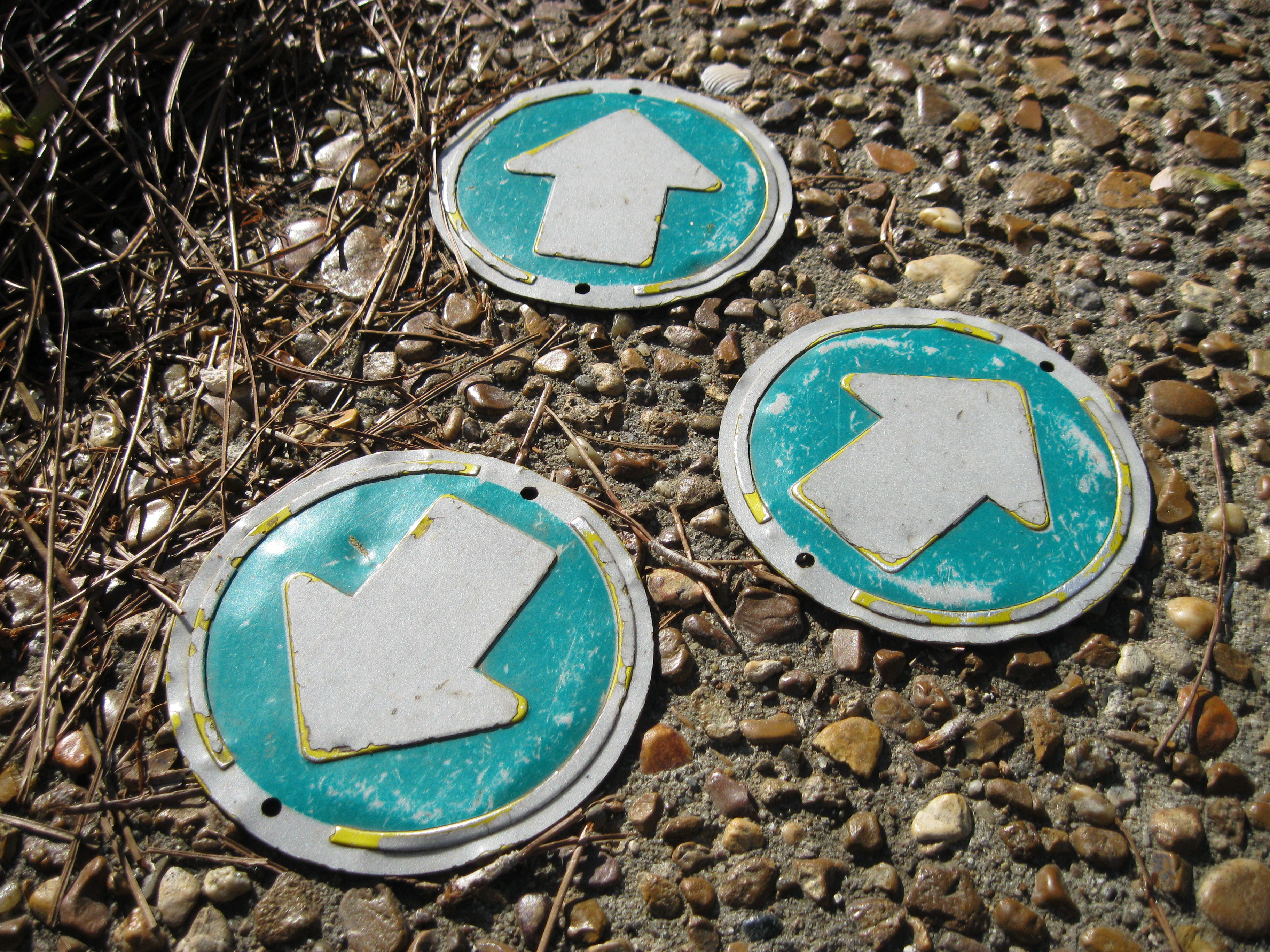 |
| CC Courtesy of Crossroads by Carsten Tolkmit on Flickr |
I've been sitting on this post for a year and now that I'm ready to implement differentiated instruction, I thought it prudent to share this post.
Last year throughout FlipCon 13, I heard the expression student "voice & choice" on many occasions. The expression is a hip way to tout differentiation.
One of the most informative workshops was Ellen Dill's "Offering Student Choice." (See her playlist below.) She's a flipped french teacher who gives her students a variety of project alternatives to demonstrate learning for each unit. Students have created songs, fashion shows, puppet shows, just to name a few. It became clear that these projects are far more rigorous than standard exams.
Create your own Playlist on MentorMob!
Other Resources: Dare to Differentiate Wiki
Partly inspired by Dill, I made the plunge into differentiation as well. I've known of the benefits of voice and choice but didn't have the means to do so, until now. The flipped classroom gives students and teachers this wonderful treat of differentiation. I designed a choice board of projects aligned to unit objectives. To ensure comparable rigor, those projects are aligned to the Analysis, Evaluation and Creation levels of Bloom's Taxonomy. I've also made projects that cover the same Blooms levels and unit objectives but varied them according to Gardner's multiple intelligences. I hoping this strategic alignment to Gardner's work will provide enough variety to meet all of the needs of my students.
Also consistent with this flexible model, I also let my students choose which objectives to demonstrate "mastery" level. Mastery, in my course, is demonstrated at the analysis, evaluation and creation levels. All students must meet application level on all objectives but can choose which objectives to master. I envision students meeting application level on some objectives and going on to master the objectives they wish to further investigate. So students will only complete projects on the objectives that "speak to them."
Other Resources: Dare to Differentiate Wiki










